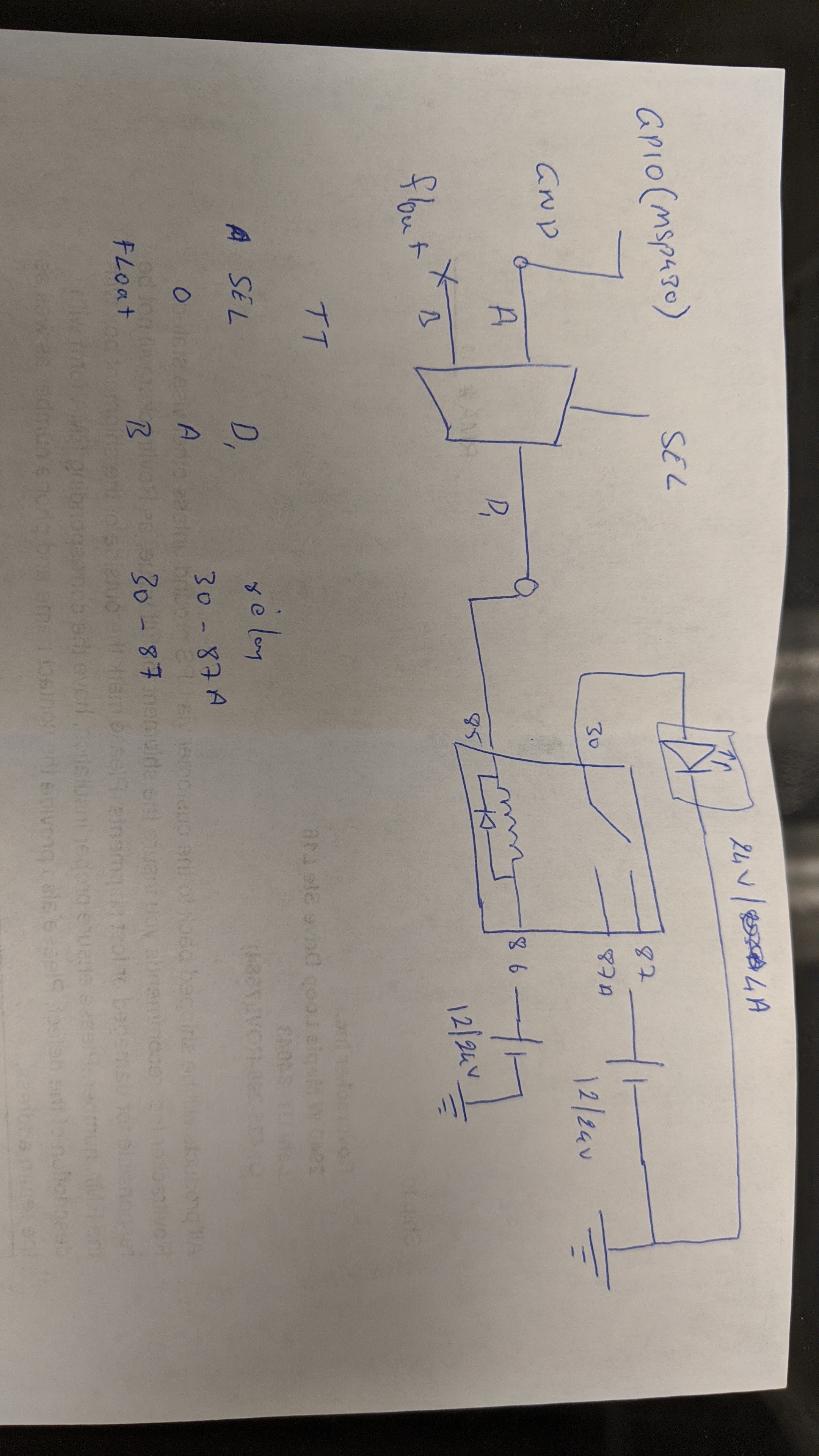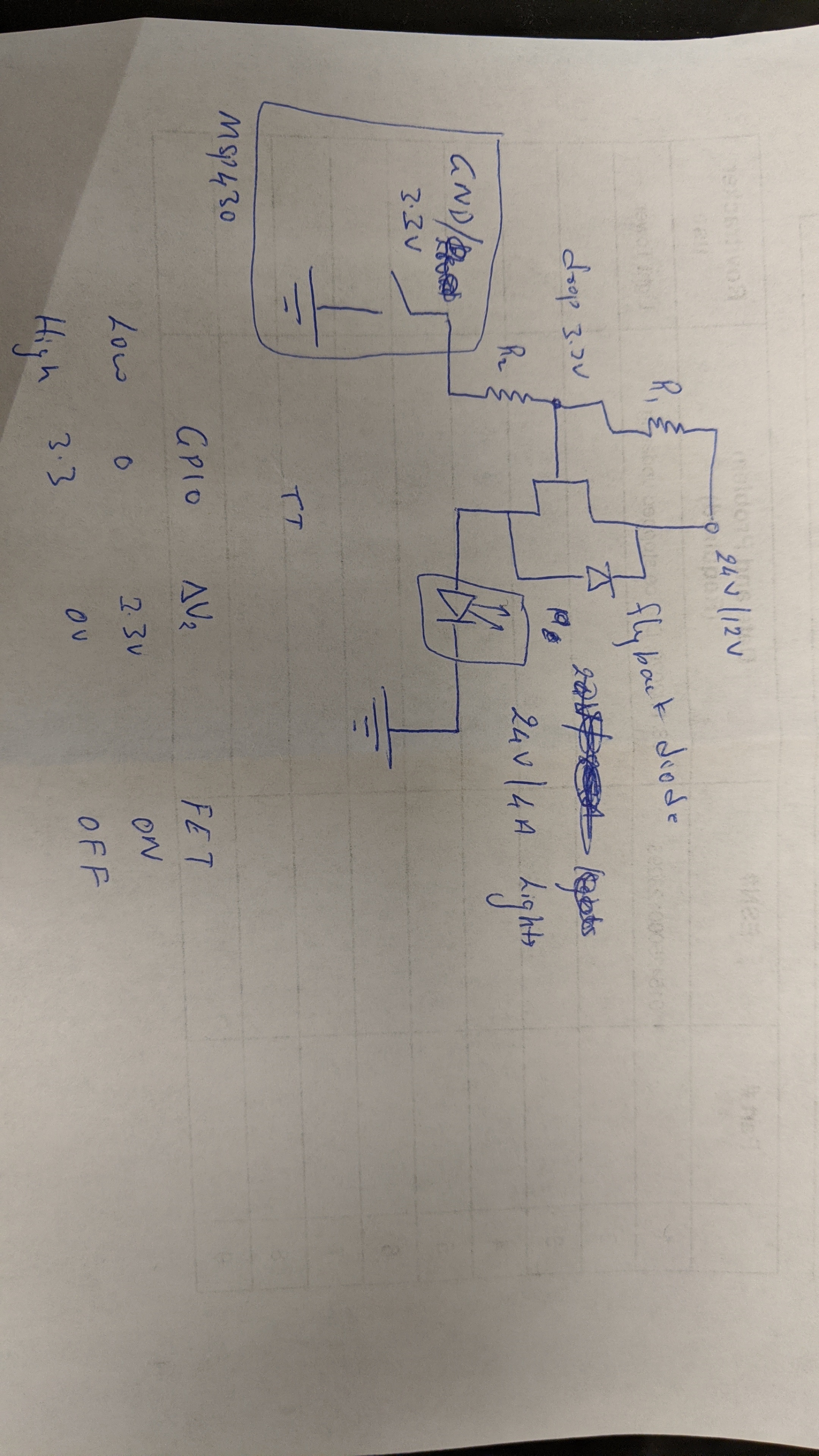Tool/software: Code Composer Studio
Hello
I'm working on msp430fr2433 and was wondering if it's possible to float a GPIO. I need this GPIO to control a relay. I'll connect one side of the coil of the relay to 12V while the other will be connected to GPIO.
When GPIO is GND, the coil conducts and the relay turns ON.
When GPIO floats, the coil doesn't conduct and the relay turns OFF.
Is it possible? or you guys recommend using a FET or something.
Varun R



